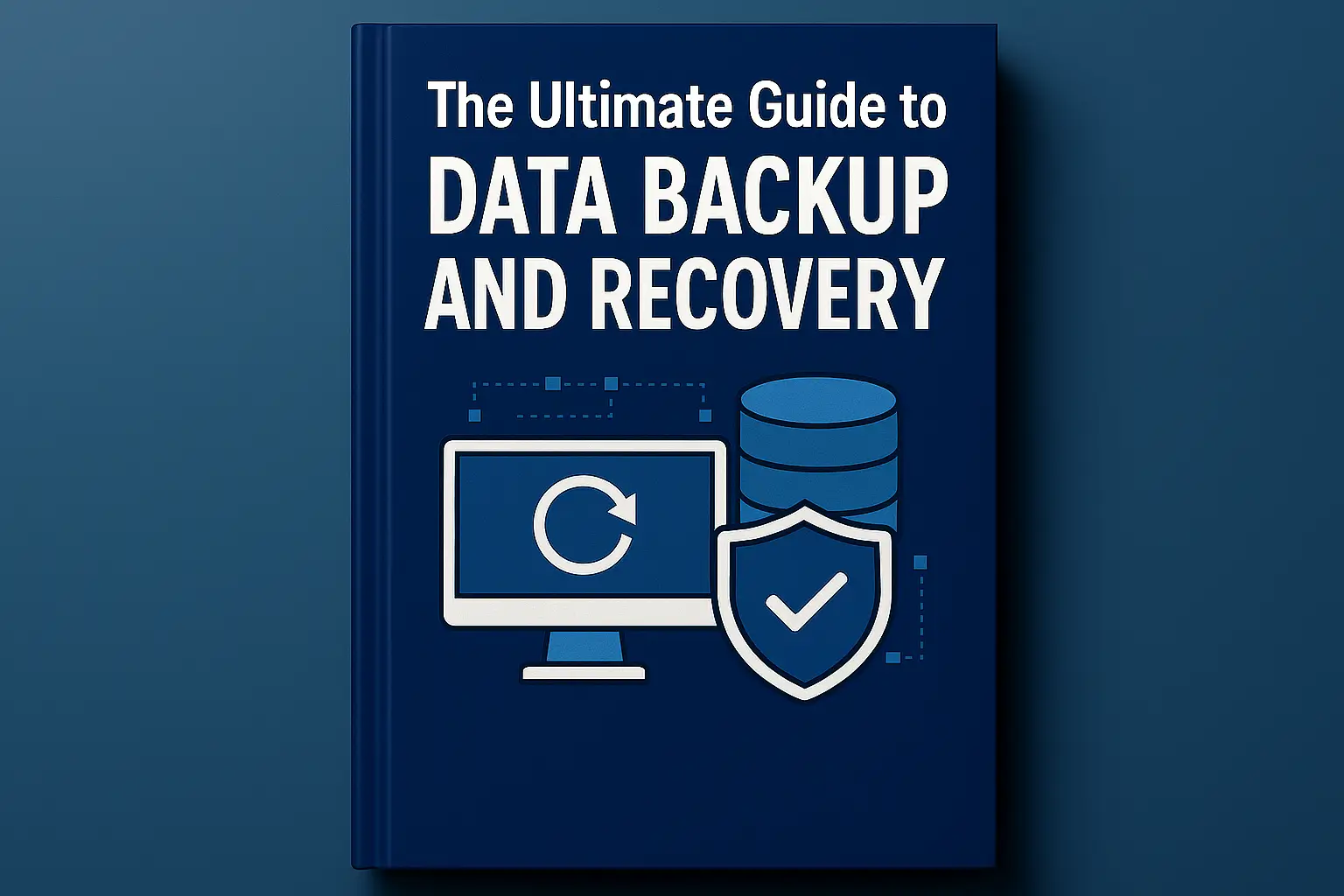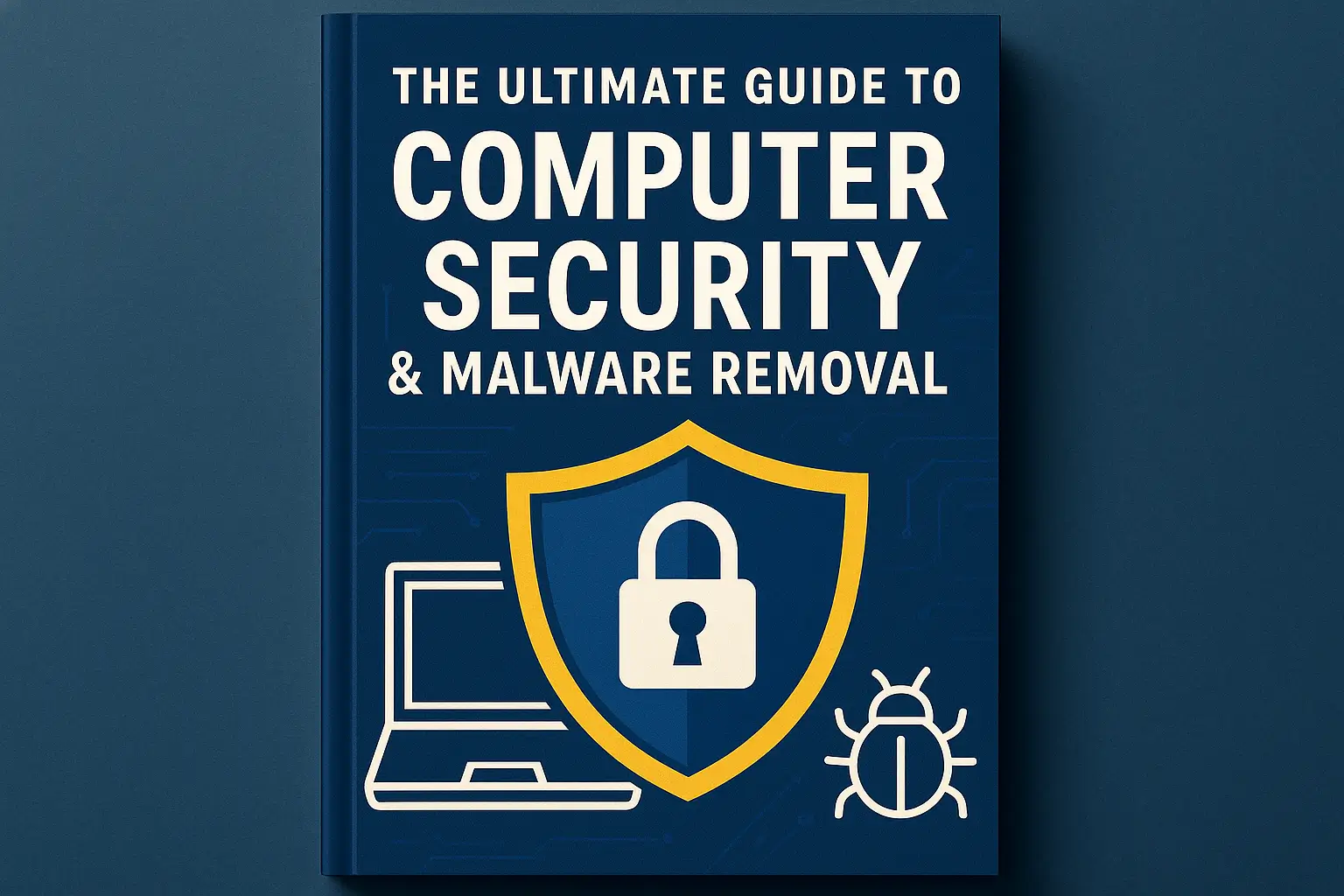Your computer holds your most important digital possessions—years of family photos, critical financial documents, and irreplaceable personal files. But all of that data is stored on a physical hard drive that will, eventually, fail. A hard drive failure isn’t a matter of if, but when. This guide will provide you with a clear, simple strategy to create a bulletproof backup plan (your “insurance policy”) and explain what to do in an emergency if you need to recover lost data (your “emergency service”).
Part 1: The Insurance Policy – A Rock-Solid Backup Strategy
The best way to recover from data loss is to prevent it from ever being a disaster in the first place. The professional standard for data protection is the 3-2-1 Rule: 3 copies of your data, on 2 different types of media, with 1 copy kept off-site. For home users, we can simplify this with two main approaches.
- Local Backups (External Hard Drives): This involves creating a copy of your files onto a physical hard drive you keep at home. It’s a one-time cost and is very fast for restoring large amounts of data. The downside is that it’s vulnerable to local disasters like fire, theft, or flood.
- Cloud Backups (Online Services): Services like Backblaze, iCloud, or Google Drive automatically upload your files to a secure remote server. This is the perfect “off-site” solution. It’s automated and safe from local disasters, though it typically involves a small monthly or yearly fee.
My professional recommendation is a hybrid approach: use an automated cloud service for your most critical files, and a local external hard drive for full system images and larger files. If you need help setting up a reliable system, you can learn more about my Data Backup, Recovery & Security Service.
Part 2: The Emergency Service – When Data is Lost
If you’ve already lost files, the single most important thing you can do is STOP USING THE DRIVE IMMEDIATELY. Continuing to use a failing drive can turn a recoverable situation into a permanent loss.
There are two main types of data loss:
- Logical Failure: This is when the drive is physically working, but the data is inaccessible due to accidental deletion, formatting, a virus, or software corruption. In many cases, this data is recoverable with professional software tools.
- Physical Failure: This is when the drive itself is mechanically broken. You might hear a clicking or grinding sound, or it may not spin up at all. This type of recovery requires a specialized clean-room lab.
I can handle all types of logical data recovery in your home. For physically failed drives, I have partnered with a professional clean-room lab to give you the best chance of getting your precious files back. You can learn more at my Data Backup, Recovery & Security Service page.
Professional Data Services & Local Guides
Whether you need to set up a secure backup plan or require urgent help recovering lost files, I provide expert in-home service. You can learn more about my dedicated service or find guides for your community below.
My Core Data Service
Local Data Guides for Your Community
- (More local guides coming soon!)
Protect Your Data, or Get It Back
Don’t wait for a disaster to happen, and don’t give up hope if it already has. I’m here to provide expert, confidential help.



